PLA Portfolio Assessment
PLA Portfolio Assessment Course Subjects
- Introductory Astronomy (AST-101) 3 credits





Course Description
Introductory Astronomy is a one semester course designed to give you a good understanding of how people have learned and continue to learn about the physical universe. The course covers four major areas: Exploring the Sky, Stars, The Universe of Galaxies, and Planets in Perspective. The most important concept in Introductory Astronomy is the process of science—the process by which scientists ask questions of nature and gradually puzzle out the secrets of the physical world. You will discover how the universe is dynamic and continually evolving by applying the scientific method. Science is based on the interplay of evidence and hypothesis, and that interplay is the principal organizing theme for Introductory Astronomy.
Learning Outcomes
Through the Portfolio Assessment process, students will demonstrate that they can appropriately address the following outcomes:- Identify the major structures of the universe.
- Explain the contributions made to the study of astronomy by a select group of scientists from the past.
- Explain the scientific method.
- Understand and use scientific notation.
- Identify and explain the major characteristics of the sun.
- Identify the different types of stars.
- Discuss the life-cycle of stars from how they are formed to how they die.
- Identify the major classes of galaxies and describe their characteristics.
- Explain dark matter and its importance.
- Define cosmology is and discuss its basic assumptions.
- Explain the "big bang" theory.
- Discuss several possible courses for the future development of the universe.
- Explain the history of Earth's formation.
- Compare and contrast the physical characteristics of other planets in the solar system.
- Identify the minor members of the solar system and describe their characteristics.
- Discuss the methods scientists use to determine the possibility that extraterrestrial civilizations exist elsewhere.
Available by DSST exam.- Technical and Scientific Photography (PHO-455) 3 credits


Course Description
Introduction to special or unusual methods particularly useful in technical, scientific or research photography. Emphasis on the student's development of innovative solutions to a set of photographic problems.
Learning Outcomes
Through the Portfolio Assessment process, students will demonstrate that they can appropriately address the following outcomes:- Describe the technical and scientific challenges of photographs which reflect high standards frequently required by applied sciences, medicine, astronomy and forensics.
- Specify the proper equipment, materials and procedures associated with scientific and technical photography.
- Considering the essential aspects of planning, describe your recommendations for capturing precisely those subjects too small, too far away or moving too fast to recognize with the naked eye.
- Considering scientific photography, describe and define some common classifications of photographic techniques including photomicrography, photomicrography, thermography, infrared photography ultraviolet photography, fluorescence photography, high-speed photography and Schlieren photography.
- Describe your recommendation for the type of photography required to capture the flow of fluids (e.g. air and liquids shockwaves or disturbances) required for scientific study.
- Recognizing image quality as an essential concern, describe your recommendation for maximizing clarity and precision when recording scientific images for research purposes.
- Describe those technical disciplines in which scientific photography is most commonly recognized.
- Considering the acquisition of knowledge, skills and abilities required for technical and scientific photography, what recommendations would you offer for academic and applied experience and preparation for this highly diversified career?
- Would you agree that scientific photographers must possess a strong interest in science and an applied knowledge of physics, optics and photographic principles. If so, how may these attributes be efficiently acquired.
- Explain your procedures for inspection and maintenance of your photographic equipment collection of cameras and accessories for optimum performance of your system
Astronomy
More  's indicate a better match.
's indicate a better match.
Courses 1-2 of 2 matches.
